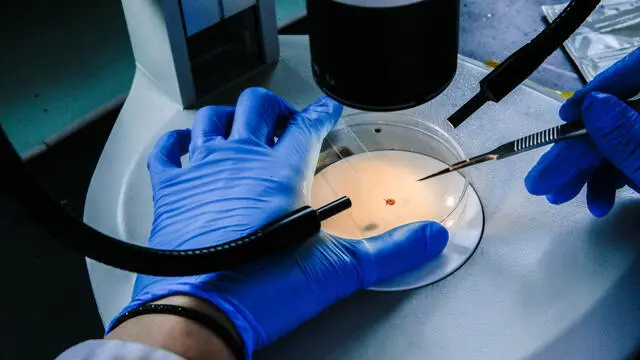Morbillo, in area Milano nuova variante che può sfuggire a test

ROMA, 17 FEB - Da gennaio 2024 sono stati confermati cinque casi di morbillo nell'area che comprende la Città Metropolitana di Milano e le aree circostanti in Lombardia, con varianti che possono sfuggire ai test diagnostici. I casi sono tutti classificati come genotipo D8 e "sporadici" poiché non è stato trovato un chiaro legame epidemiologico tra loro. È quanto riporta uno studio condotto da ricercatori dell'Università Statale di Milano e dell'Istituto Superiore di Sanità, pubblicato su Eurosurveillance. In tre dei cinque casi individuati, viene spiegato, è stata "riportata una storia di viaggio recente, le destinazioni includevano Uzbekistan, Tailandia e Italia meridionale. In particolare, due di questi casi, ciascuno con una storia di viaggio nel Sud Italia o in Tailandia, erano infetti da ceppi di MeV caratterizzati dai tre mismatch descritti da Pérez-Rodríguez". È un ricercatore che ha condotto col suo team uno studio in Svizzera, "regione che confina" con la zona dove sono stati individuati i casi lombardi. "I nostri risultati suggeriscono che i MeV con le mutazioni specifiche rilevate attraverso la sorveglianza molecolare svizzera stanno già circolando in Italia", osservano i ricercatori aggiungendo che possono "essere rilevate con sensibilità ridotta da molti test diagnostici attualmente utilizzati. Ciò evidenzia l'importanza di aggiornare tempestivamente i test diagnostici per rilevare tutti i ceppi di MeV attualmente circolanti", concludono.
Riproduzione riservata © Giornale di Brescia
Iscriviti al canale WhatsApp del GdB e resta aggiornato
